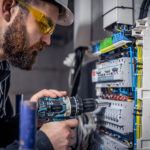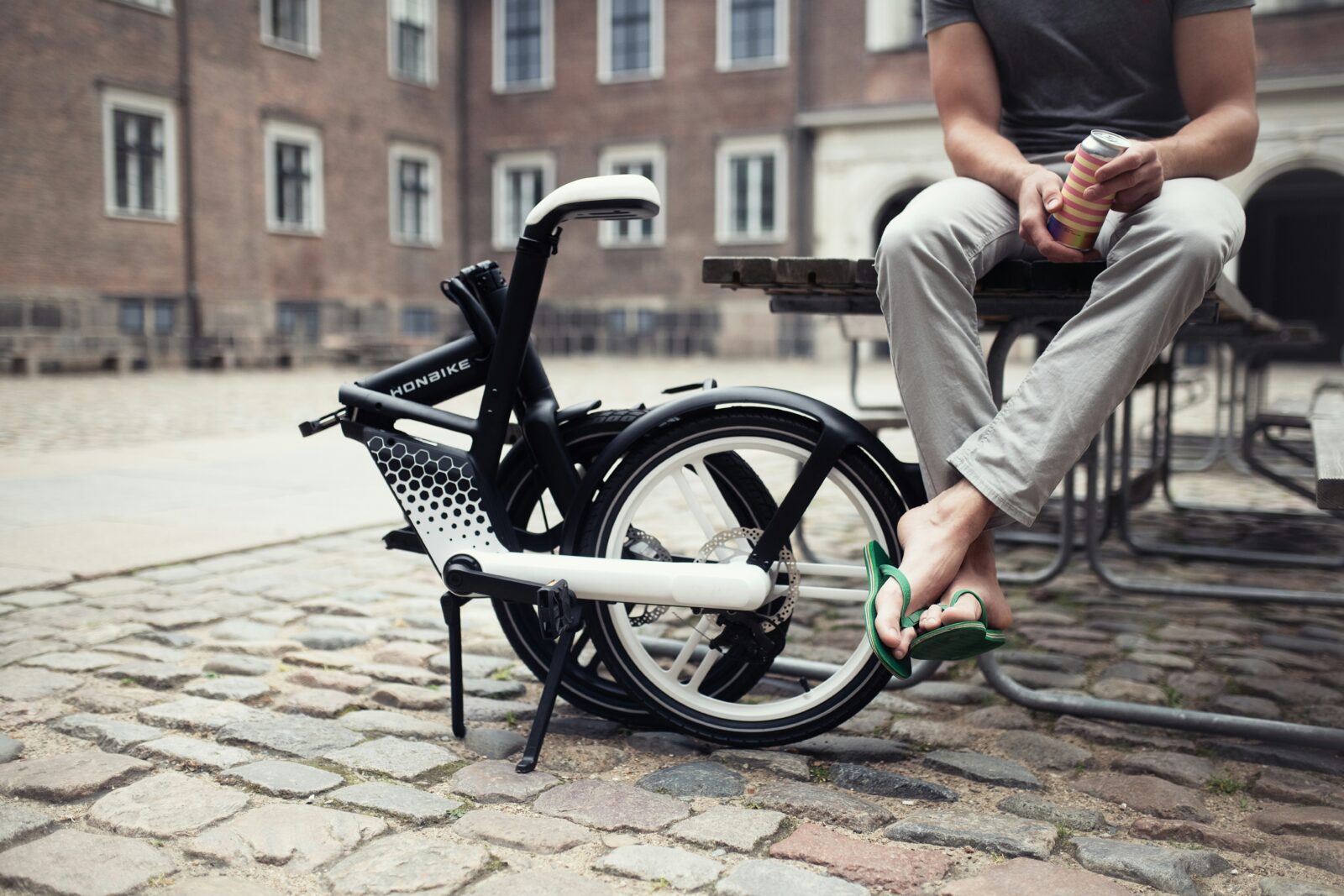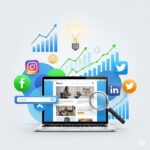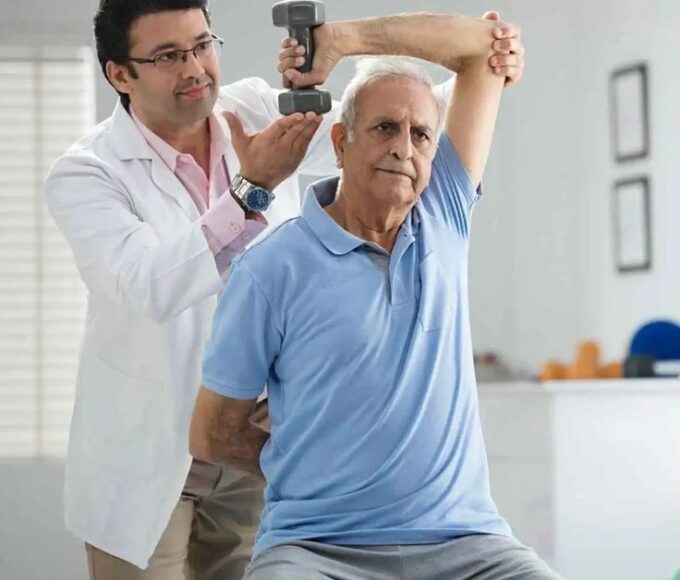In our society, disability education is widely ignored despite the relevance it has in providing understanding and empathy. Most individuals will live their day to day lives not thinking about the obstacles encountered by persons with disabilities. This is because this lack of awareness can create misconceptions and stereotypes that bring about the hindrance of inclusivity.
Suppose one walks into a world where everybody is aware of the problems others have to go through. A world where school stops providing only academic knowledge to the students but also awareness of various life experiences of people living with disabilities. We are long overdue to get these barriers down and accept disability education as a necessary part of our social structure.
This trip starts with knowledge about the disabilities, the myths surrounding the opinion about disabilities, and the beauty of each person in our communities. With dedicated work on raising our education levels and that of the generations to come we will be able to make it a more inclusive society.
Understanding Disabilities Types and misconceptions
There are numerous variations of disability and it is important to learn about them. They may be physical, sensory, intellectual or developmental. The different types have different challenges and need different ways of support.
The issues of misconceptions frequently obscure the vision of the community towards disabilities. There seems to be a notion in the world that disabilities are reduced to only visible ones, whereas, millions of people have invisible disabilities such as autism or chronic pains.
There is another widespread myth that disabled individuals are not able to enjoy full life. This belief belittles their successes and contributions that they are suppose to bring to the society.
It is important that education can help clear these misconceptions. As we gain awareness on the realities of disability, we become more empathetic and inclusive people.
A change of mindset is the way in which we will establish a society where all people will excel because of their talents or despite the problems they cannot overcome.
Benefits of Disability Education
Disability education is extremely important in establishing understanding and empathy. It dispels the stereotypes that enable people to look beyond the disability tag.
As individuals are educated about different disabilities, they are more cognisant of the problems that exist amongst the affected individuals. This enlightenment encourages inclusion at school, at work, and within the communities.
Also, the disability education helps everybody acquire the necessary skills related to effective communication. It makes individuals ready to communicate respectfully and in a supportive manner with other people with different abilities.
In addition, knowledge gives strength to the advocates. Citizens also tend to support policies that facilitated accessibility and equality among individuals with disabilities as they may be more educated.
Implementing this education at large provides the society with the culture of embracing diversity instead of fearing it. As obstacles reduce, chances of cooperation emerge on all spheres of life.
The Role of Schools in Promoting Disability Education
The schools can significantly influence the creation of views concerning the disabilities. They promote understanding at a young age through disability education as a part of the curriculum.
The educational works on different disabilities among students assist in diminishing stigma and breaking through misunderstanding. These lessons are made effective using workshops, guest speakers and interactive activities.
Moreover, schools are able to establish environments whereby each and every student feels appreciated. The idea of having peer mentoring programs also helps foster the spirit of empathy and cooperation among different learners.
This process requires the presence of educators. Educating the teachers to be sensitive when discussing the issue of disability will make the discussion of the condition strong and constructive.
In addition, Collaboration between schools and community members can help in supplementing resources to the staff and students. Such partnerships give an impression of additional insight into the life experiences of patients with disabilities.
The stress on the role of accessibility in the school infrastructure contributes to creating the impression that every person has the right to the same chances of success.
Breaking Barriers Success Stories of Individuals with Disabilities
All the ways of knowing start with a story. This is the numberless people who broke the odds and led the stereotypes and demonstrated their extraordinary skills in the adversity.
The example of Aimee Mullins, an athlete and an actress, comes to our mind who was born with a medical condition that caused her to have her legs amputated below the knee. She turned this negative into a positive by becoming a strong disability awareness ambassador. Aimee through her accomplishments and speaking events has changed the way people perceive the ability of disabled people.
Then you have Stephen Hawking who is one of the brightest brains in contemporary science. He was able to contribute major achievements to theoretical physics even though he had been living with ALS throughout decades. This situation is confirmed in his life that understood that intellectual ability has no physical limitations.
Giving it a local twist, look at what is close to your house, such as local sports systems tailored around individuals with many disabilities. Under such programs, idols are always indicated who are not only bright in their own communities but also at the national level.
These narratives make us aware that learning about disability is not just an academic pursuit it requires the push towards feeling empathy and dismantling the walls between people of different backgrounds. They are a reminder that an informed society can transform the lives of vulnerable people through the establishment of places where everyone will feel appreciated.
By focusing on inclusive schooling activities like a disability course, we are opening not only people up but also our future as a whole; a future that is diverse and full of the same experiences.
Challenges and Solutions for Implementing Disability Education
Various problems are involved in the implementation of disability education. Shortage of trained teachers is one of the main obstacles. The results of impact many teachers who believe they lack preparedness to deal with diversity in the learning requirements, as it may be an obstacle to effective teaching.
There is also a problem of curriculum constraints. Standardized testing is usually given much emphasis more than inclusive practices in traditional education systems. This does not allow much space regarding inclusive courses in disability training all the students.
Social attitudes towards disabilities are another problem. The fear of misconceptions and stigma may establish a climate that is not welcoming to change, and therefore it becomes hard to discuss some topics that need to be discussed in classrooms.
But remedies are upsurging. The professional development programmes have potential to impart important skills in educators on teaching about disabilities effectively.
Integrating interactive components in curriculum leads to solving the problem of parallel attitude, as well as removing the barriers and related misconceptions.
Also, community partnership is important in creating awareness and assistance to schools to incorporate such important lessons to its programs.















